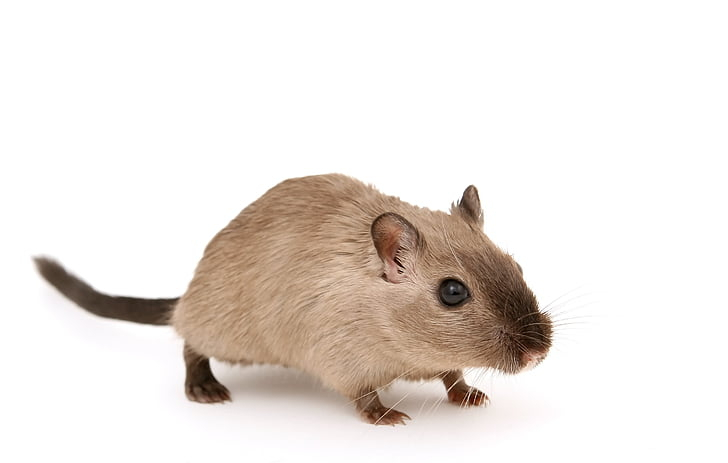What drives male sexual desire? Scientists from Northwestern University have uncovered the answer to the question, the presence of the gene known as aromatase in certain areas of the brain. In a mice study, the researchers learned more about the functions of aromatase in the adult brain which was previously unknown.
According to the scientists, aromatase, which regulates sexual behavior in men, can be focused upon using specific drugs to decrease its functions for compulsive sexual desire and increase its activity in the case of low sexual desire. The gene transforms testosterone, a hormone that drives sexual activity in men, to estrogen.

Dr. Serdar Bulun, senior-author of the study, said in a statement, "This is the first key finding to explain how testosterone stimulates sexual desire." Bulun added, "For the first time, we demonstrated conclusively that the conversion of testosterone to estrogen in the brain is critical to maintaining full sexual activity or desire in males. Aromatase drives that."
Crucial Role of Aromatase
When the scientists deactivated aromatase selectively in the brains of the male mice, the sexual activity among 50 percent of them decreased drastically. This was in spite of possessing high levels of testosterone in blood in comparison to the control group of male mice.
"Male mice partially lost interest in sex," quipped Dr. Hong Zhao, the corresponding author of the study. She also stressed on the crucial role of aromatase in the production of estrogen. "Estrogen has functions in males and females. Testosterone has to be converted to estrogen to drive sexual desire in males," explained Dr. Zhao.

Illustrating vividly what how a male mice would react in the presence of a female mouse, Bulun said, "It would chase after her and try to have sex with her." Explaining further, what the absence or numbing of aromatase did, Dr. Bulun added, "If you knock out the aromatase gene in the brain, their sexual activity is significantly reduced. There is less frequency of mating. The male mice are not that interested."
Potential for New Treatments
The findings of the study have implications for the potential of treatment of disorders related to sexual desire. Hypoactive sexual desire disorder, which is simply known as low sexual desire, is a very common condition. It is often the side-effect of a class of anti-depressants known as Selective serotonin reuptake inhibitors (SSRIs). Dr. Bulun opined that a treatment aimed at boosting aromatase can increase sexual disorder in individuals with this disorder.
However, the opposite of the above mentioned is a rather tricky disorder known as hypersexuality disorder, which is characterized by compulsive sexual desire. It can nevertheless be treated with an existing systemic aromatase inhibitor. Unfortunately, they often have side effects such as osteoporosis. The findings of the new study can enable the development of new treatments focusing on suppressing suppress only the brain promoter region of the aromatase.









